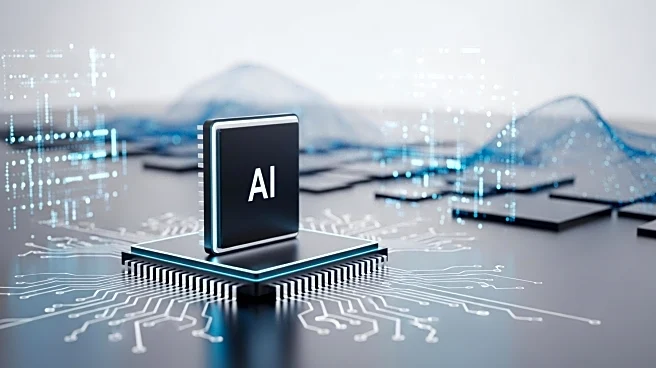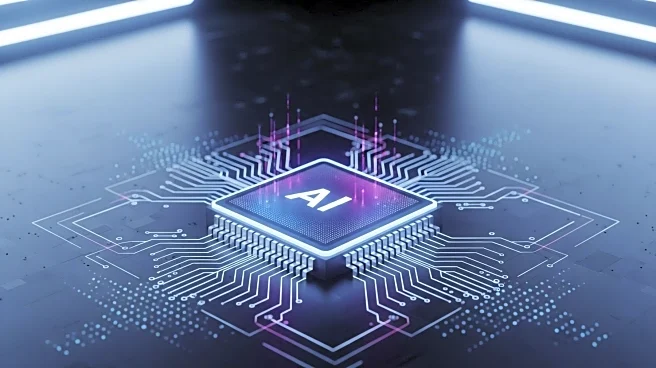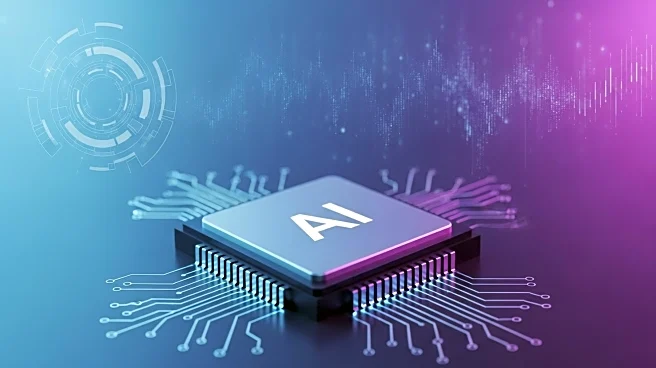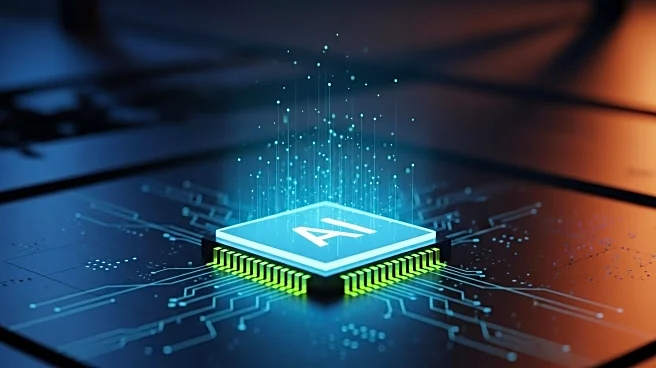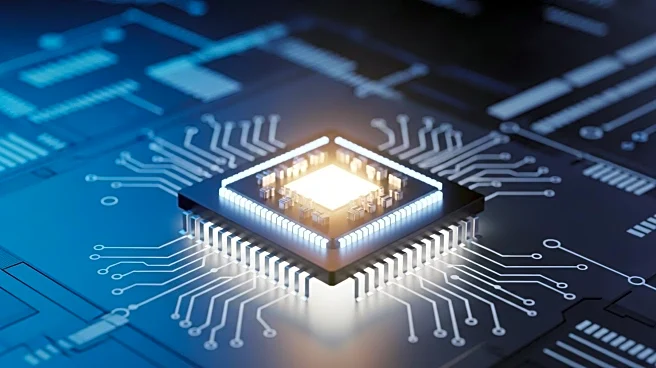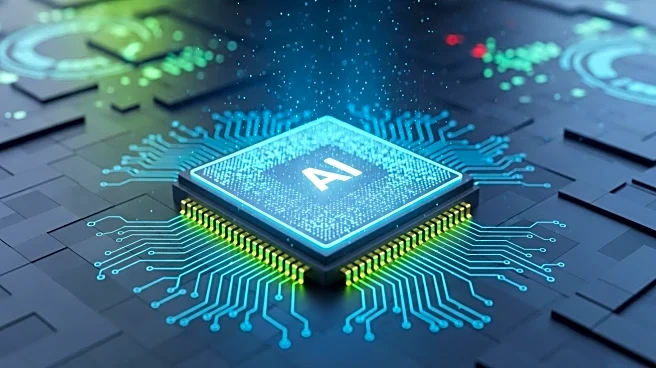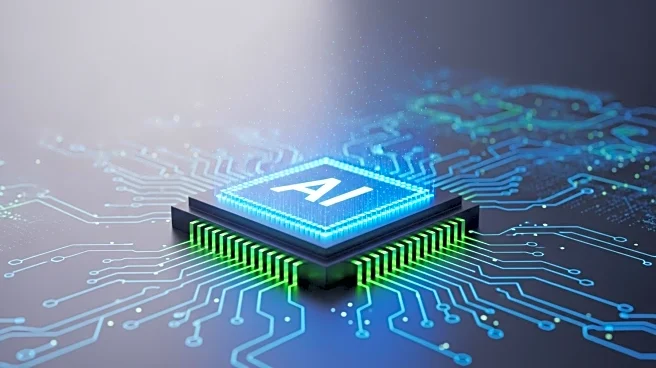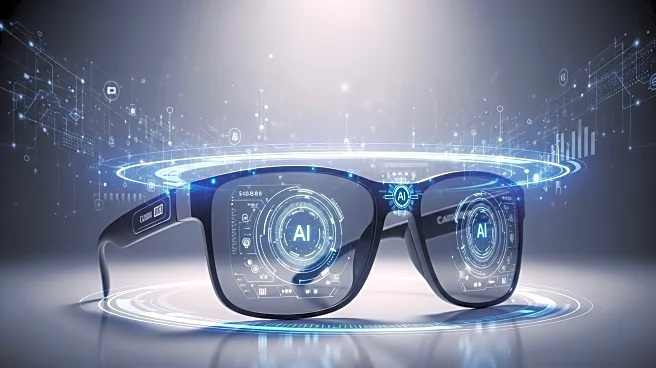What's Happening?
Alibaba has unveiled a new AI inference chip, manufactured in China using RISC-V architecture, marking a significant step towards self-sufficiency in the semiconductor industry. This development challenges Nvidia's dominance in the AI inference market, as Alibaba seeks to reduce reliance on U.S. hardware amid export restrictions. The chip is optimized for inference tasks, allowing Alibaba to maintain operational continuity while mitigating geopolitical risks. Despite lacking training capabilities comparable to Nvidia's high-end offerings, Alibaba's chip aligns with China's immediate needs and geopolitical realities. The move signals a broader shift in the U.S.-China tech rivalry, with Alibaba positioned as a key player in China's tech ecosystem.
Why It's Important?
Alibaba's AI chip development represents a strategic shift in the global semiconductor landscape, highlighting China's push for technological self-reliance. This move could reshape the AI supply chain, challenging Nvidia's market position and potentially altering competitive dynamics in the industry. For investors, Alibaba's chip offers a glimpse into a future where U.S. and Chinese tech ecosystems diverge, with implications for market valuations and investment strategies. The geopolitical context, including U.S. export controls, accelerates domestic innovation in China, impacting global tech competition and supply chain dependencies.
Beyond the Headlines
Alibaba's strategic focus on inference tasks reflects China's immediate technological needs and geopolitical realities. The chip's interoperability with Nvidia's software platform eases the transition for developers, enabling code adaptation with minimal effort. However, performance benchmarks remain a key unknown, as Alibaba's chip lacks detailed metrics compared to Nvidia's offerings. The geopolitical context, including U.S. export controls, accelerates domestic innovation in China, impacting global tech competition and supply chain dependencies. Alibaba's hybrid strategy, using its chip for inference and Nvidia for training, appears pragmatic but faces challenges in achieving long-term sustainability.


